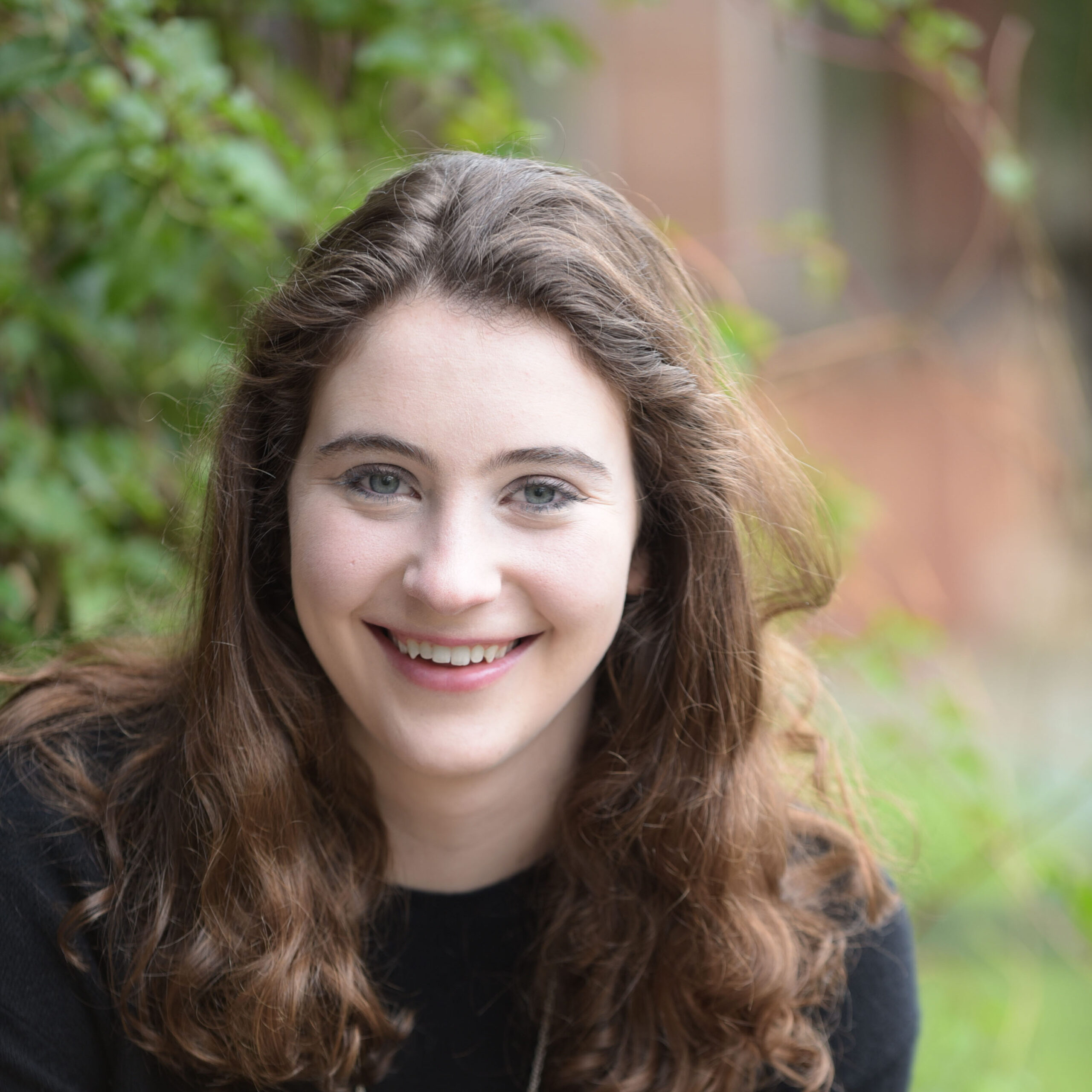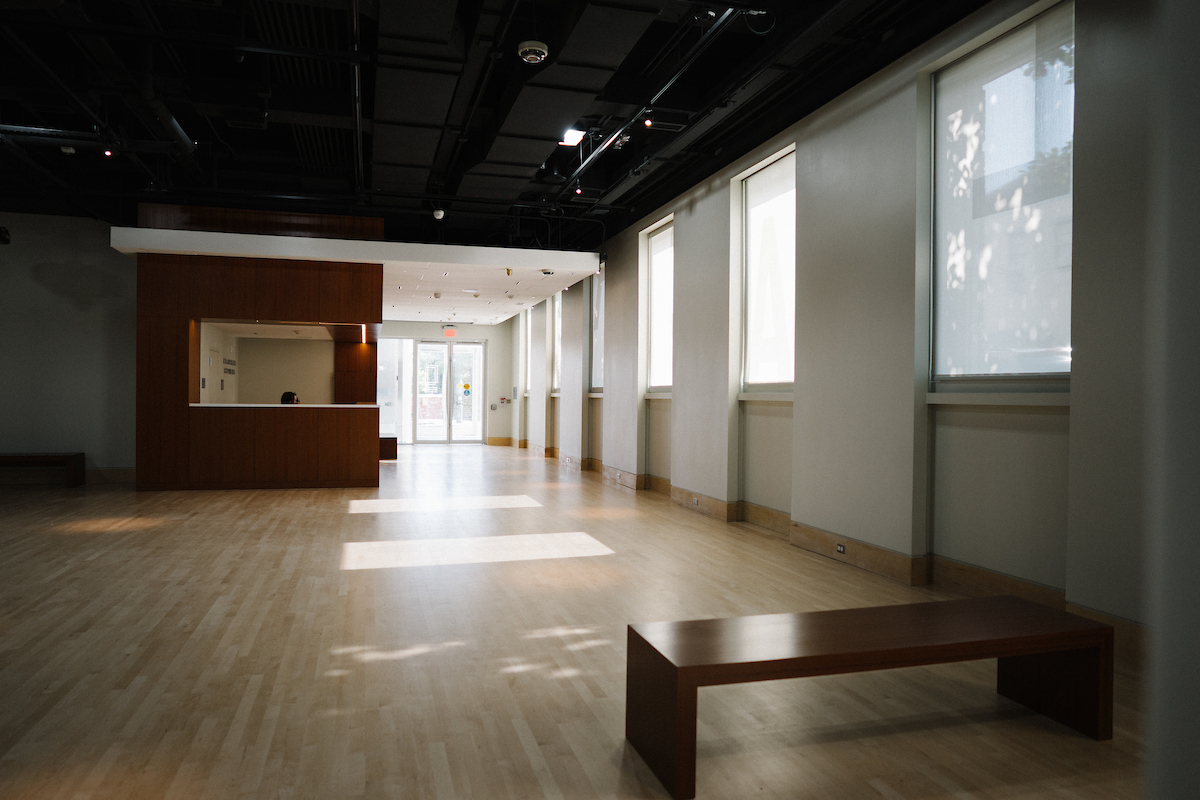Objectives
This project has several main objectives. Firstly, Sangastiano and Redmiles aimed to run a juried AI art competition culminating in a gallery exhibit through which they collect students’ perceptions and reasoning about AI-involved art production with the goal of achieving two educational and one research aim.
The first educational objective is to provide Georgetown University students with a hands-on opportunity outside the classroom to develop skills in digital art and visual literacy using advanced generative AI tools, while also engaging with intellectual property issues that emerge from AI usage. The second educational goal is to foster a campus-wide conversation on AI’s place in art and arts education.
In terms of research, Sangastiano and Redmiles aim to create statistical models based on data reflecting student perceptions of AI-generated art. These models could inform future legislation by improving understanding of how perspectives (creator vs. evaluator), educational backgrounds in fields like art, law, and computer science, and various sociodemographic factors shape views on AI-generated art.
This project is still in progress, with the completion of the pilot AI art competition experiment completed.ions to our experiment at GU Library’s Community Galleries in Spring 2025.
Outcomes
The pilot findings from the AI art competition offered several key insights. Among American adults, there is a common perception that generating art with AI requires creativity and effort, yet not necessarily skill. This raises questions for how—and whether—to teach AI tools in courses, and whether these perceptions will be different among students, especially among those who have been taught AI skills in courses and thus may have a clearer perception of the need to develop skills to effectively use AI.
Another notable finding is that creators of AI-generated art were also less likely to perceive themselves as authors of that art than evaluators who were asked to judge the art (and indicate whether the creator, artists whose images were used to train the model, or the developers of the AI were the ‘authors’ of the AI-generated art). This has implications for perceptions of ownership and perceptions of responsibility for what is created with AI. The team is eager to further explore and probe these perceptions in the student context.
Interestingly, the data indicates that people generally do not consider AI developers as the authors of the AI-created images. This finding has potential implications for computer science education, especially in framing ownership and accountability for the outputs of systems students may create in the future.
In art and design education, creative work is typically evaluated on skill, technical proficiency, and originality, among other criteria. AI’s ability to democratize artistic expression shifts the emphasis toward prompt-based creativity rather than manual skill in traditional or digital art forms. However, questions of originality and copyright remain unresolved, particularly regarding how AI-generated art aligns with long-standing standards of creative authorship and intellectual property.
Team

Dr. Elissa Redmiles, Ph.D.
Clare Luce Boothe Assistant Professor, Department of Computer Science

Toni-Lee Sangastiano, Ph.D., M.F.A.
Digital Media Specialist & Associate Professor of the Practice, Department of Art and Art History, Core Faculty, Medical Humanities Initiative

